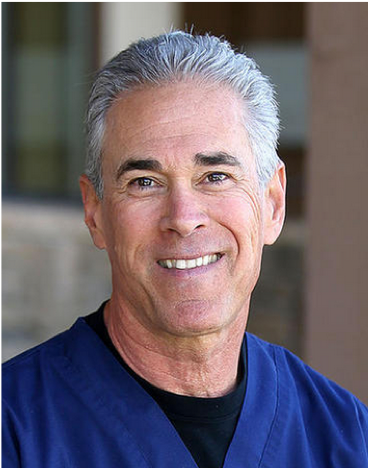Perioral Dermatitis - Health Tips
Get practical tips regarding Perioral Dermatitis to help you prepare for your appointments and manage your care from home.

PERIORAL DERMATITIS INSTRUCTION SHEET
You have a condition that occurs around your mouth and many times only on your chin, that is known as Perioral Dermatitis, or Rosacea-like Dermatitis. This is a combination of an irritation from acne and eczema. This condition is very common and it tends to come and go in many people over time. With appropriate treatment, it can be kept under excellent control. Some people have to keep treating the skin properly for many years to keep this condition from coming back.
The oil glands are irritated and plugged up, giving the acne redness, pimples, and bumps. The eczema is a localized allergic reaction that comes from within your body that causes the dry scaling, burning, and red look to the skin. This process may be triggered by yeast and mite organisms that normally live in oil glands and hair follicles.
It is, many times, aggravated by stress, tension, changes in the weather, sun, the wrong make-up, and many other factors of which we are not aware. The wrong types of medications, soaps, colognes, perfumes, and touching the area will aggravate the chin. We find that consistently, products made by Lancôme, Clinique, and Noxzema are bad for this condition and should not be used.
Do not use any other medications or soaps, cleansing agents or astringents, sunscreens, etc, on this area except what the doctor instructs you to or give you. You may use your own make-up, or the Max Factor panstick foundations tend to be an excellent sunblock for this area and it is also a good cosmetic cover-up that does not cause acne or irritate the skin.
Try to keep your hands away from the area except when you wash your face. The face should be washed at least two or three times a day with water and a mild soap, such as Dove, Purpose, or a glycerin or oatmeal soap.
This condition responds very well to a low dose of Tetracycline-type medication. Some people have to take a few of these pills a week for many months in order to keep this from recurring. There is no harm in taking this medication long term as long as you are not pregnant or breastfeeding. Topical anti-yeast and anti-mite creams will also be prescribed to maintain clearing.
Topical fluorinated cortisone creams are very bad for this condition. You must not use strong cortisone creams on your face for long periods of time, as they will temporarily help this condition but, in the long run, tend to perpetuate it or aggravate it. If you have been using any type of wrong cortisone cream on your chin, your skin has become addicted to it and will go through a temporary withdrawal when it is stopped. You must stop the cream and you might notice a temporary flare-up in the first week to ten days. This will then calm down and do very well long-term.
If you have any questions, please do not hesitate to call our office.
©2011 Park City Dermatology. Last updated March 24, 2011